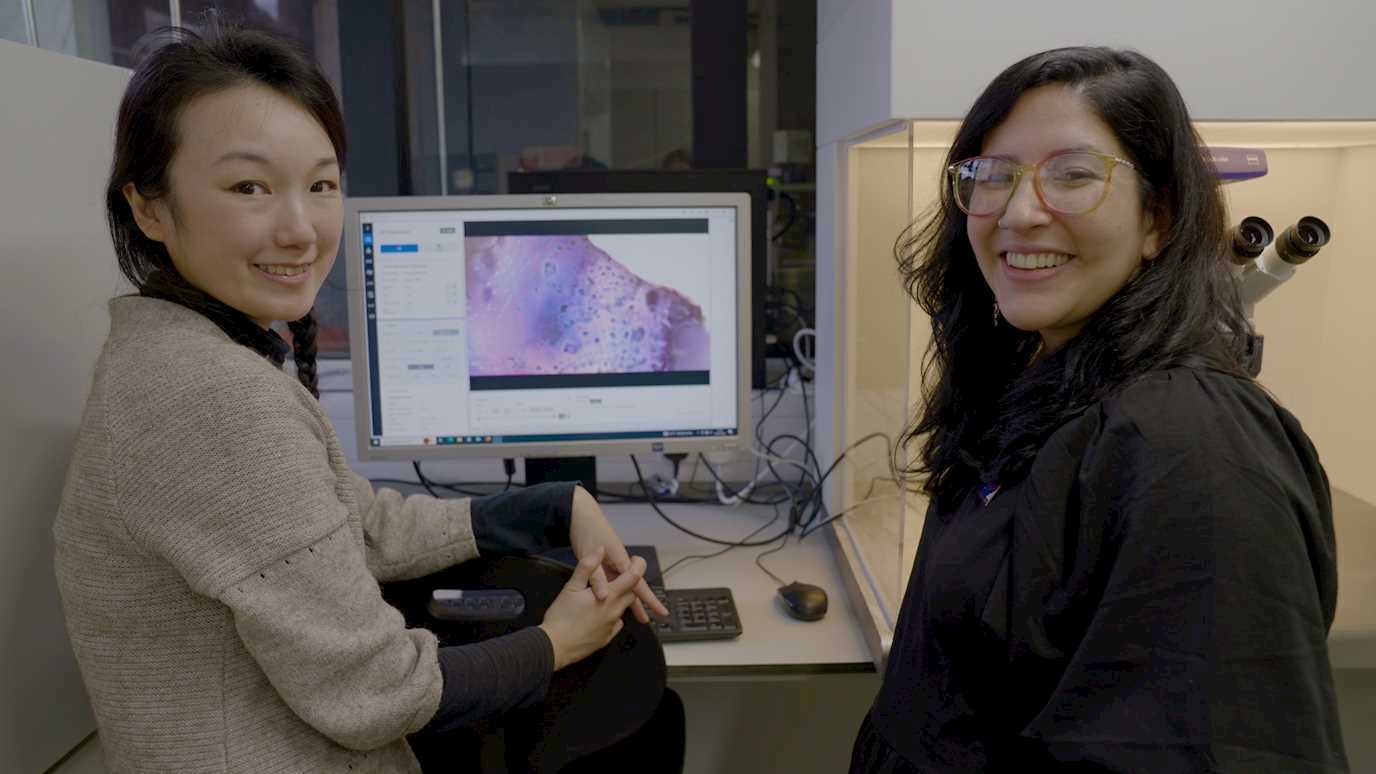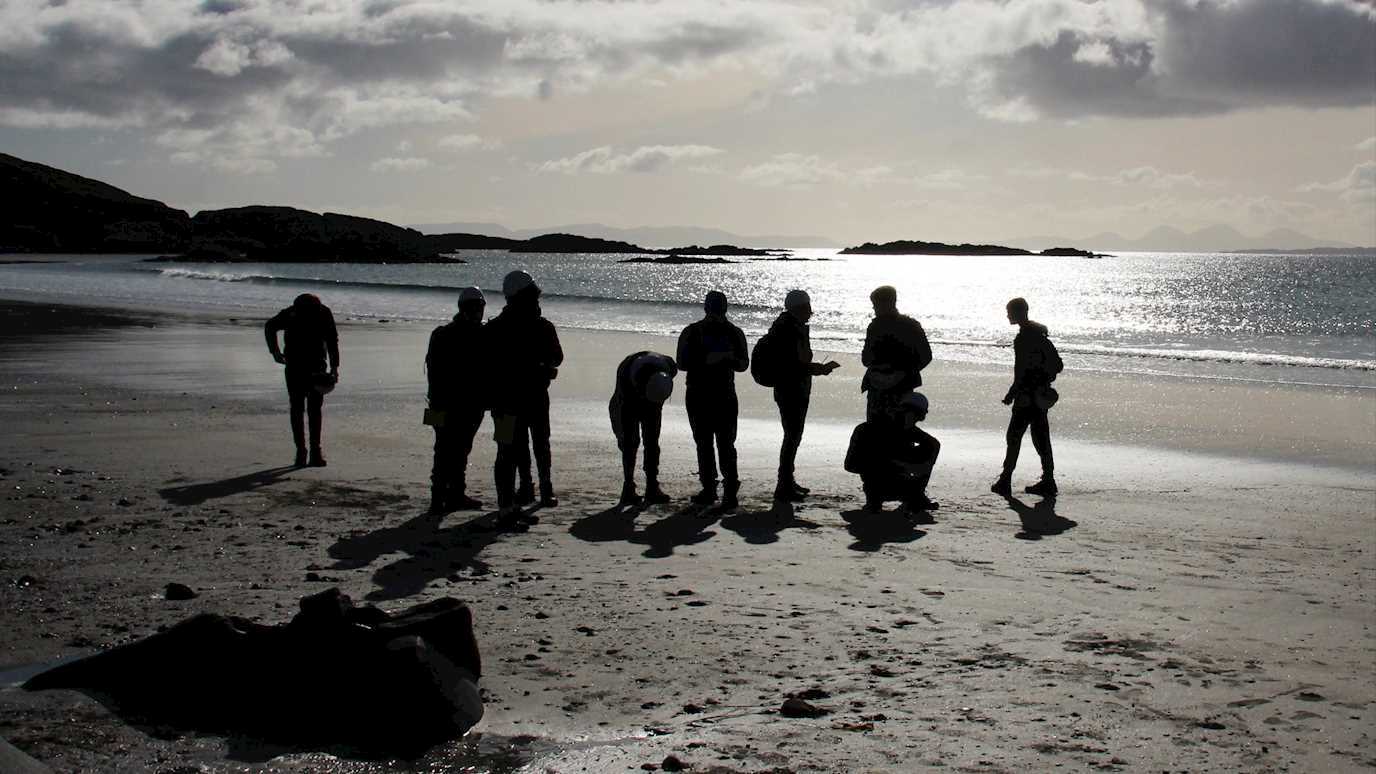Dr Paula Koelemeijer (RHUL lead author)
New research published today in the journal Science shows that lockdown measures to combat the spread of COVID-19 led to a 50 % reduction in seismic noise around the world in early to mid 2020.
By analysing months-to-years long datasets from over 300 seismic stations around the world, the study was able to show the seismic noise reduced in many countries and regions, making it possible to visualise the resulting “wave” moving through China, then to Italy, and around the rest of the world.
This quiet period, likely caused by the total global effect of social distancing measures, closure of services and industry, and drops in tourism and travel, is the longest and most pronounced quiet period of seismic noise in recorded history.
The relative quietness allowed researchers to listen in to previously concealed earthquake signals, and could help us differentiate between human and natural seismic noise more clearly than ever before.
“This unprecedented period of low seismic noise opens up exciting new avenues for seismological research. However, the study is very much a silver lining to what remains a global tragedy.“ (Paula Koelemeijer - RHUL)

The study was spawned after the lead author, Dr Thomas Lecocq from the Royal Observatory of Belgium, decided to share his method and algorithms with the seismological community. Dr Koelemeijer initially got involved to analyse data from citizen science instruments around London including one in her own house (April article) and subsequently studied data from sensors around the world.
The “seismic lockdown wave” passed through London at the end of March 2020, as governmental restrictions came into effect on the 23rd March. London stations saw a moderate reduction in seismic noise of 20-30 %, though in some locations the reduction was comparable to Christmas time. Worldwide, however, larger drops were observed, especially around universities and schools, while the effects of tourism and travel were also seen in seismic noise reductions.
The study found a strong match between seismic noise reductions and human mobility datasets drawn from mapping apps on mobile phones and made publicly available by Google and Apple. For example, for a station in central London, the correlation between the seismic data and Google’s categories for transit, retail & recreation and grocery & pharmacy is typically around 0.9.
This correlation allows open seismic data to be used as a broad proxy for tracking human activity in near-real-time, and to understand the effects of pandemic lockdowns and recoveries without impinging on potential privacy issues.

The study has been a truly unique collaboration involving 76 authors from 66 institutions in 27 countries, initially started through Twitter conversations and sharing of findings. This global community, together with the principles of open data and open code have been crucial for the work to take place in such a short time span.
























